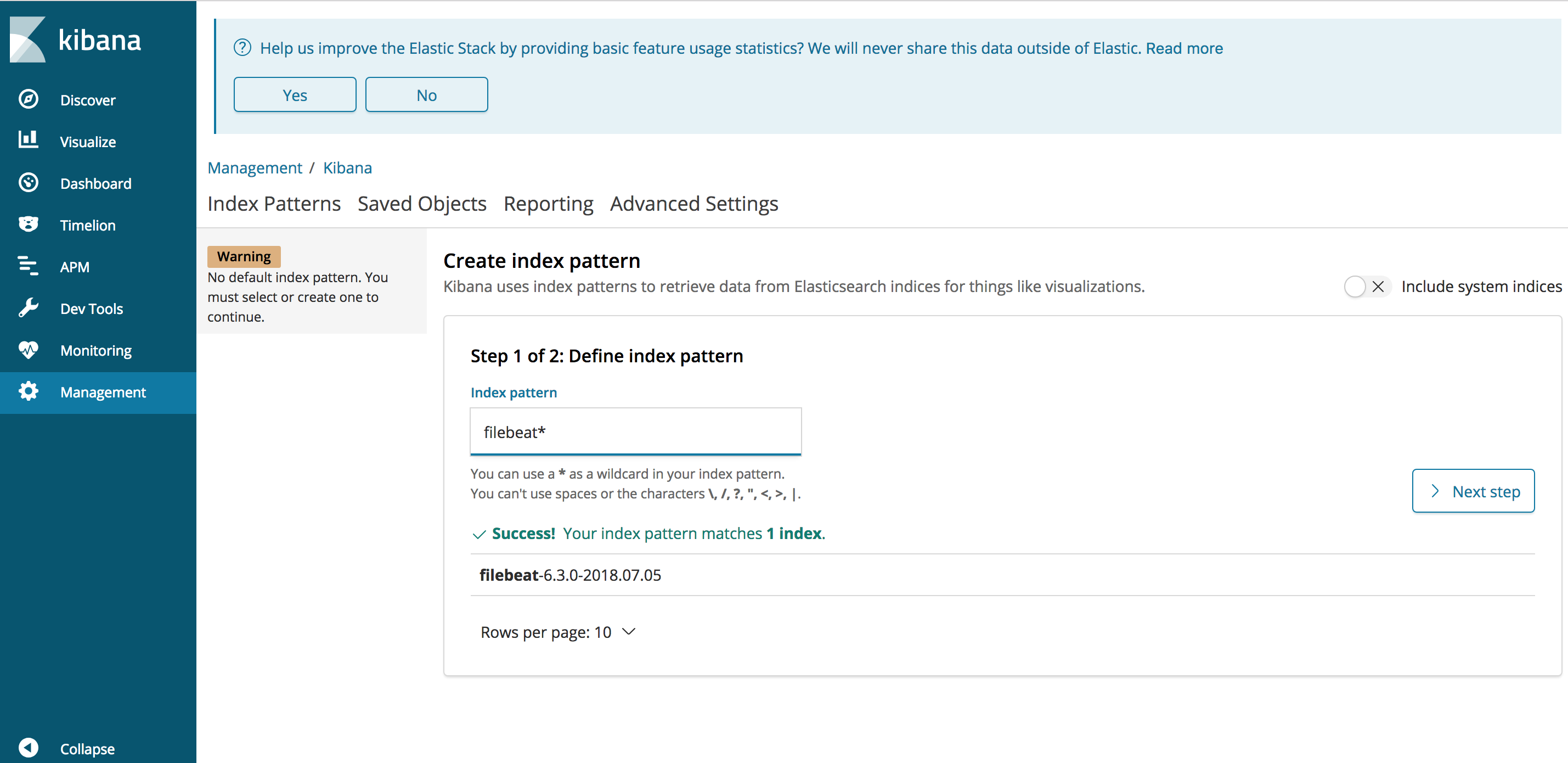

# are matching any regular expression from the list. # matching any regular expression from the list. # Paths that should be crawled and fetched. # Change to true to enable this input configuration. Uncomment or add the following section in your filebeat configuration file /etc/filebeat/filebeat.yml - type: log If you want to just test, how it does and see how things work, you could enable the default logs for filebeat. Next is the part when we are going to get things up and running… 1) Configure Filebeat To Read Some Logs
INSTALL FILEBEAT ELASTICSEARCH INSTALL
Name=Elasticsearch repository for 6.x packagesĢ) Install the Filebeat package yum -enablerepo=elasticsearch install filebeat Intentionally the repo is added with “enabled=0”, so you wont risk incident updates of filebeat (which sometimes could become a problem) vim /etc//elastic.repo Filebeat could be easily installed from the Elastic Repo as follows:ġ) Add ElasticSearch repository to your directory You will find some of my struggles with Filebeat and it’s proper configuration.Īs with all ELK products the installation process is really easy and straight forward. 3)Parsing Application Specific Logs By Using Filebeat Modulesįilebeat is a perfect tool for scraping your server logs and shipping them to Logstash or directly to ElasticSeearch.1) Configure Filebeat To Read Some Logs.1) Add ElasticSearch repository to your directory.


 0 kommentar(er)
0 kommentar(er)
